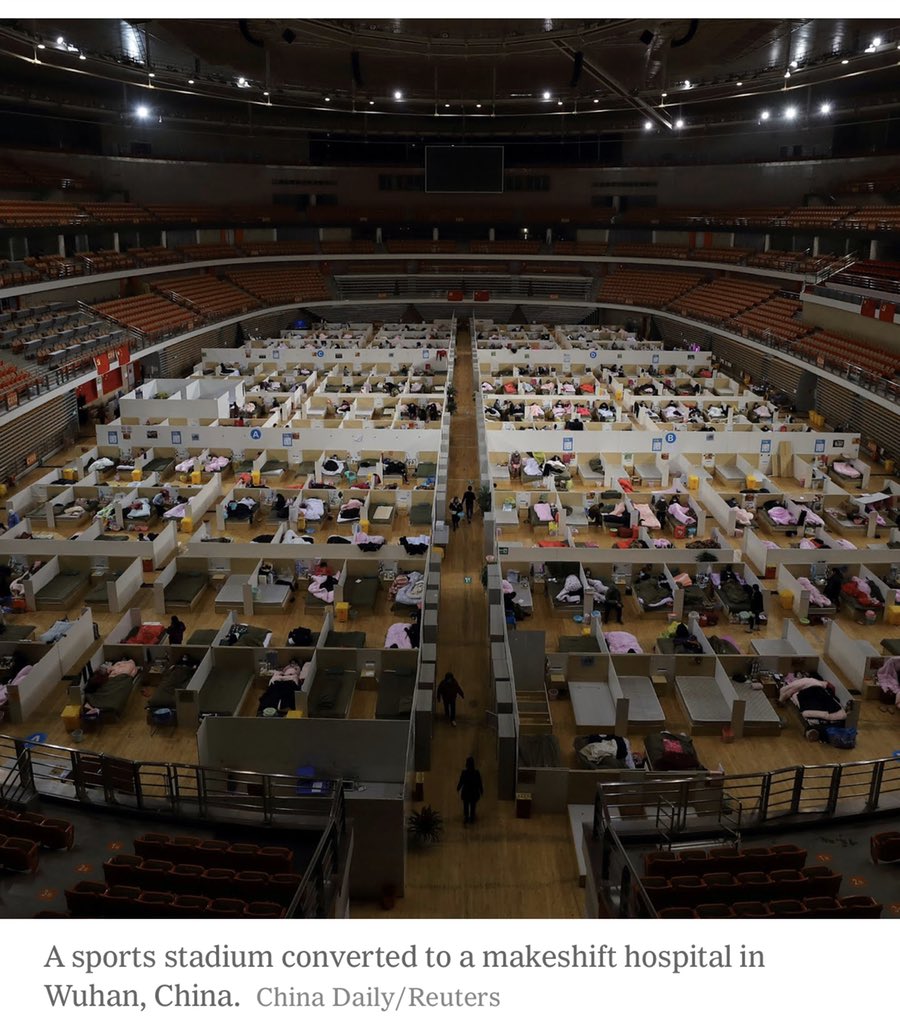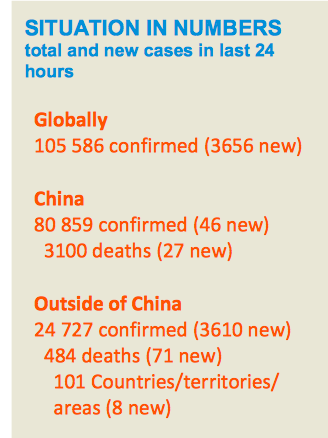1/ Of all the articles I read this week on #COVID19, this @nytimes ⬇️ really caught my eye.
It was an interview w/ Dr. Bruce Aylward, the lead on the @WHO team that visited China to examine their response.
It surprised me for multiple reasons.
nytimes.com/2020/03/04/hea…
Apparently the data @WHO has doesn’t support this theory.
Is this a perfect way to know if we had missed mild/asymptomatic cases? No.
But is it another point of data. Yes.
That was: you have a fever, possibly even a full pneumonia. Not your run-of-the-mill sniffles.
“Severe” (which was ~15%) meant you were on oxygen or a ventilator.
Does this mean every number is exactly correct? No.
Is it significant that the trends are showing a slowed epidemic? Yes.
-People could easily talk to doctors online
-order meds for delivery online
-essentially stop any unnecessary movement outside for critical tasks such as their medical care.
200+ scans per machine per day.
That’s a scan every 6-7 minutes.
That is on level that most Western countries probably cannot/will not be able to replicate.
(Separate thread on testing ⬇️)
Certain hospitals were designated just for #COVID19 cases.
They also moved where the wards were in the hospital to minimize in-hospital spread.
Oh- & built entire new hospitals.
Remember- this is all in a few *weeks*.
Unreal.
-the testing was completely free
-if your insurance coverage ran out, the government paid for the rest.
You didn’t have to wonder if you were going to be able to afford to get the care you needed. This was bigger than profits.
A former receptionist was taught, and then was teaching people how to gown properly.
Other provinces sent thousands of workers to come help.
And here we are fighting with each other over who “the experts” are.
They took advantage of social media platforms to push out what is described as accurate information systematically and quickly to everyone.
Obtaining essentials like food was all done online.
It’s not a large dataset or a Harvard Business School case study. But it is what we have right now.
We are fighting an epidemic and we need to figure out what to do. And China seems to have done it.
My summary of the early @NEJM and @JAMA_current studies on #COVID19 ⬇️




